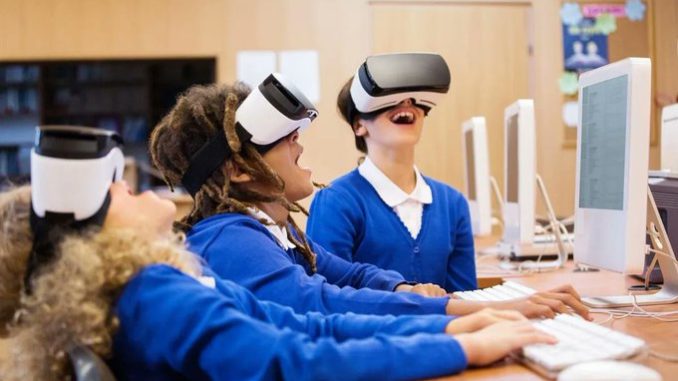
Our educational system has had only minor changes in the last century. Today, we’re at the tipping point of a formidable transformation in how students learn. By joining education and gaming through virtual reality (VR) and augmented reality (AR), the STEM disciplines (science, technology, engineering and mathematics) are already becoming more accessible, practical, interactive and relevant to a broader group of learners. And soon, the laws of the physical world will no longer apply as students conduct experiments in the metaverse.
The metaverse is a loosely defined concept referring to shared, immersive, lifelike digital spaces in which people’s avatars and their goods can freely interact, accessible through high-end VR/AR headsets, goggles or other device screens (for a less immersive experience). As the Washington Post noted, many of the core technologies enabling these virtual realms already exist as independent, closed platforms within the gaming world (e.g., Fortnite, Minecraft, Roblox, Second Life), but the idea is that future integrated platforms will support the activities of daily life in workplaces, entertainment venues, classrooms and more.
